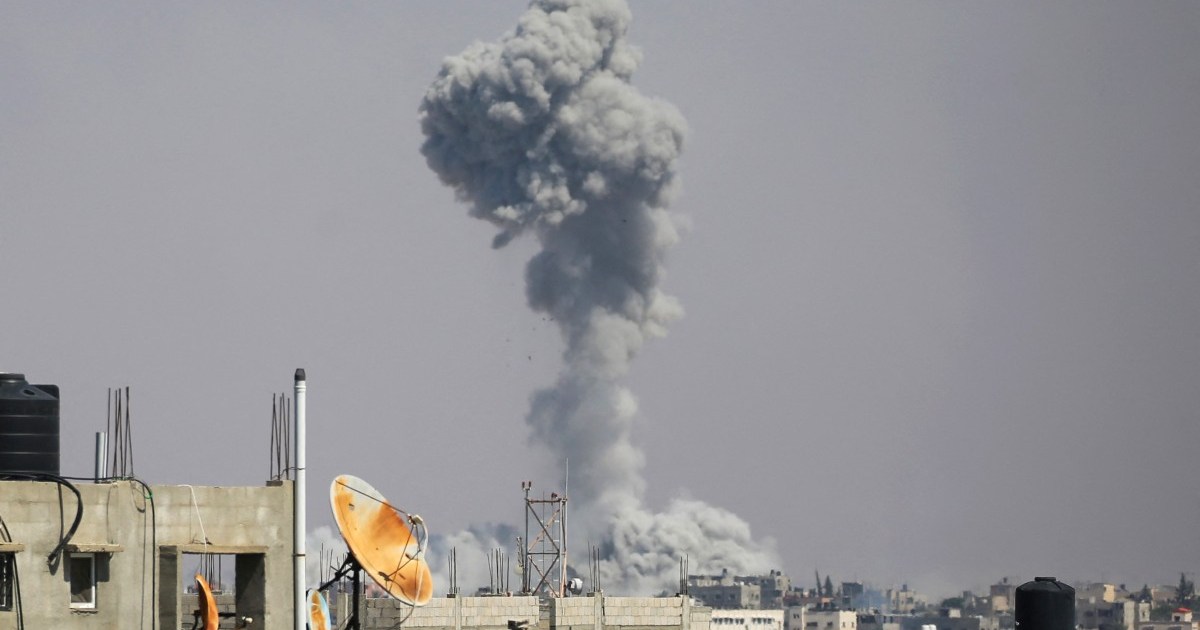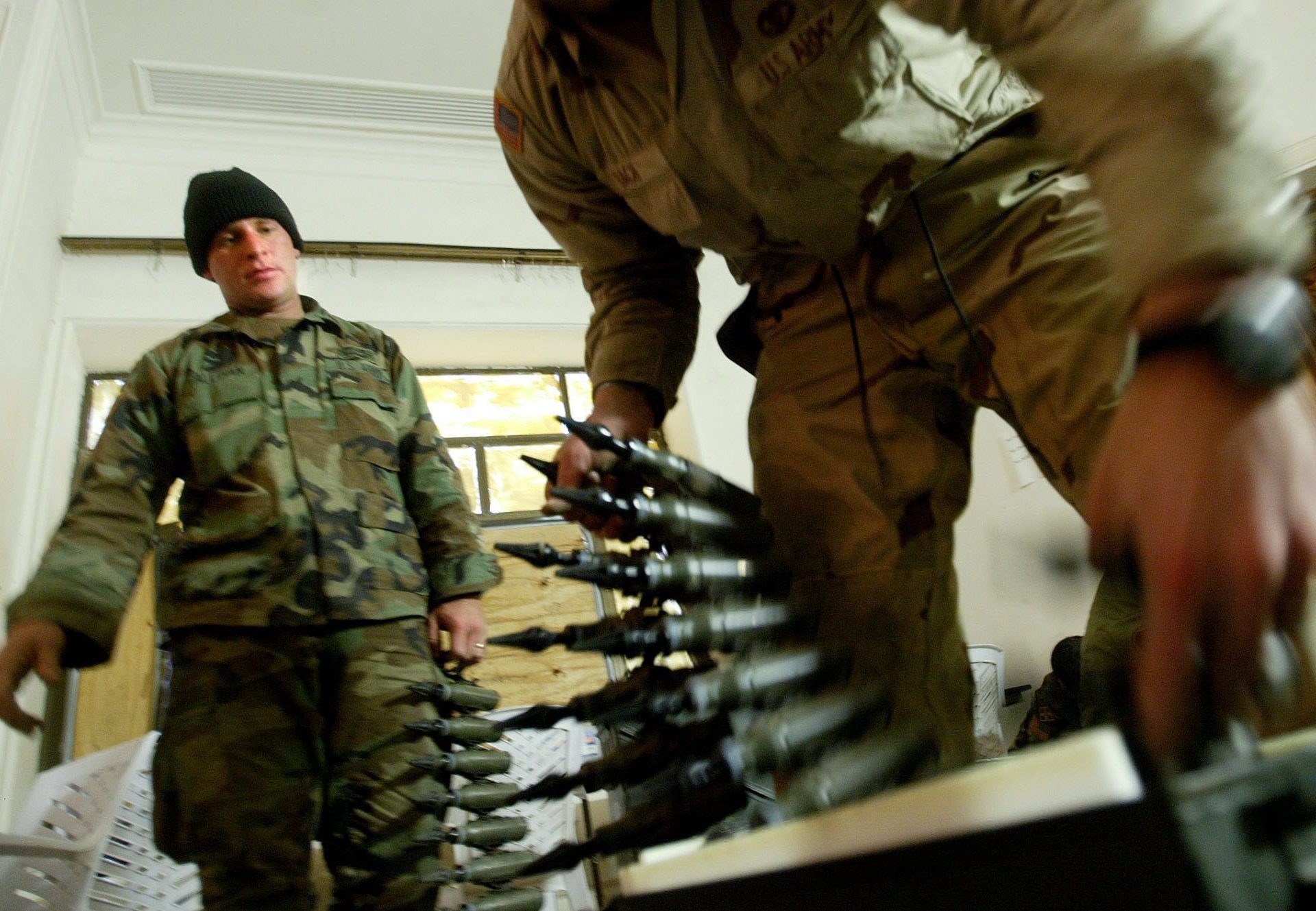
10 January 2001: The tragic toll of depleted uranium in Iraq
The IndependentThey smiled as they were dying. In March 1998, Dr Jawad Khadim al-Ali – trained in Britain and a member of the Royal College of Physicians – showed me his maps of cancer and leukaemia clusters around the southern city of Basra and its farming hinterland, the killing fields of the last days of the 1991 Gulf war “that were drenched in depleted uranium dust from exploding US shells”. Or their children had been playing with pieces of shrapnel after air raids or their children – born two years after the war – had suddenly began to suffer internal bleeding. Doug Henderson, then a defence minister – and later to be such a public supporter of Nato’s bombing of Kosovo – wrote in an extraordinary letter that “the government is aware of suggestions in the press, particularly by Robert Fisk of The Independent, that there has been an increase in ill-health – including alleged deformities, cancers and birth defects – in southern Iraq, which some have attributed to the use of depleted uranium-based ammunition by UK and US forces during the 1990-91 Gulf conflict. Why had so many Iraqis – especially children – suddenly fallen victims, I asked myself, to an explosion of leukaemia in the aftermath of the 1991 Gulf war?
History of this topic

ICC needs to investigate crimes against humanity committed by US, allies
China DailyDiscover Related

























